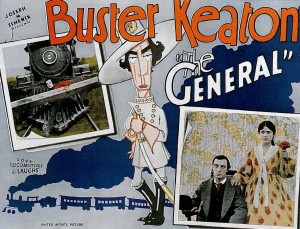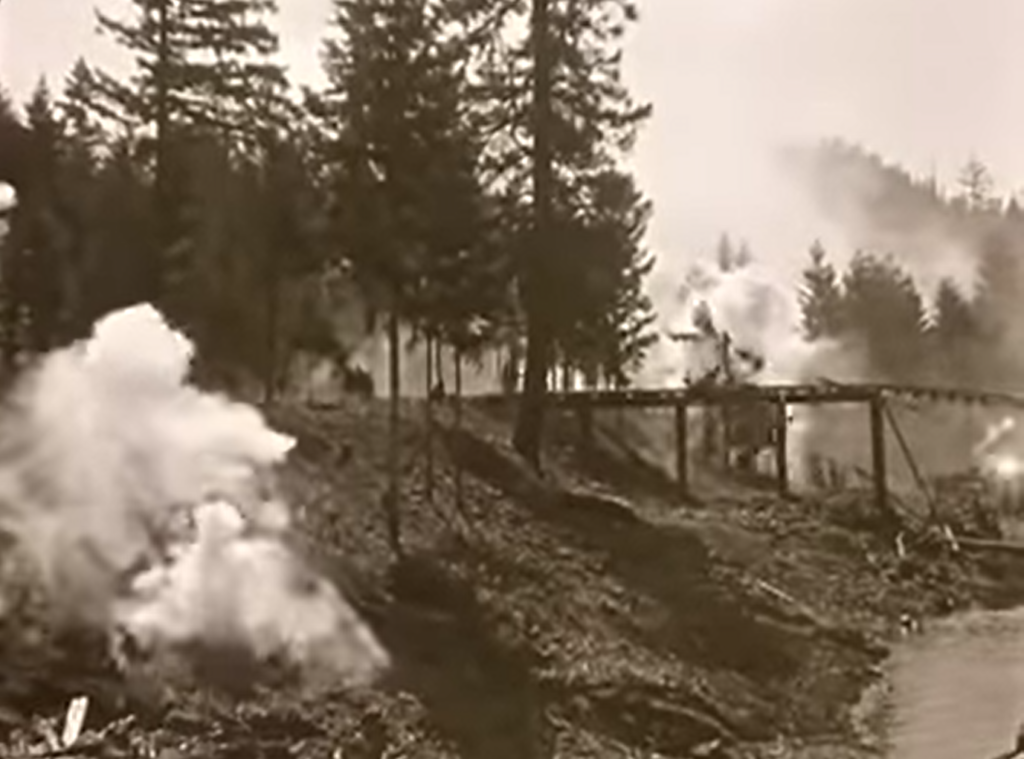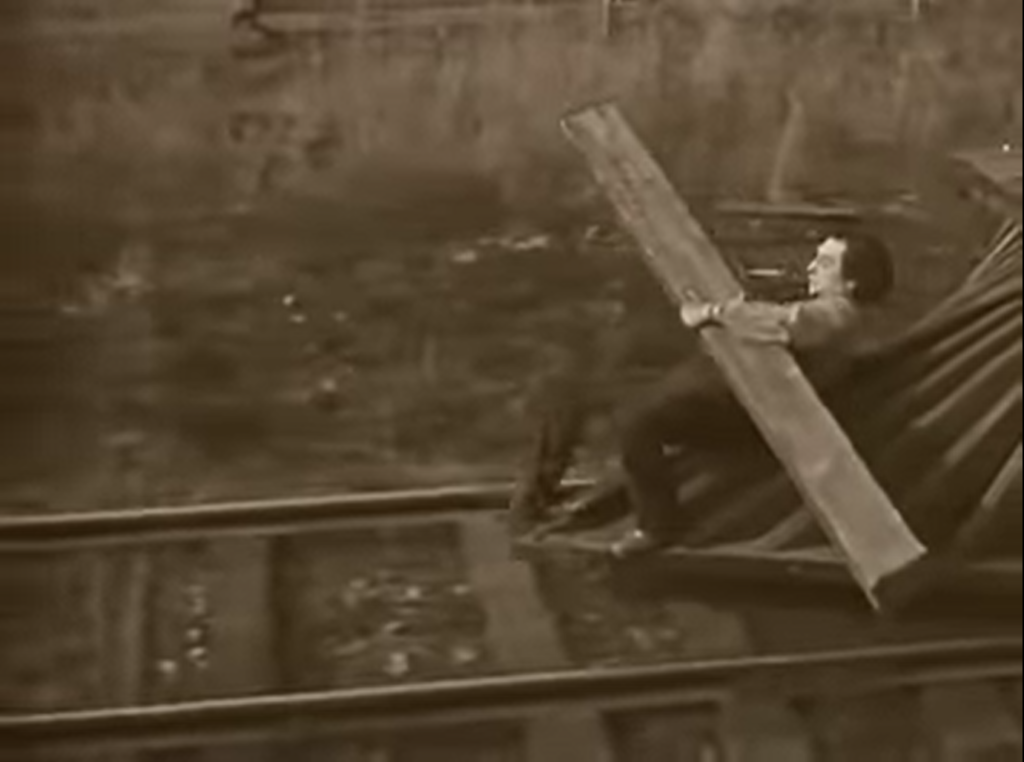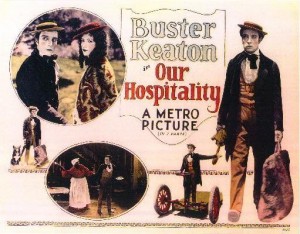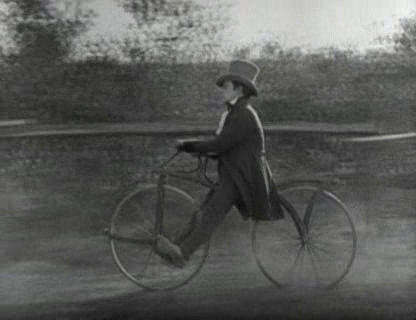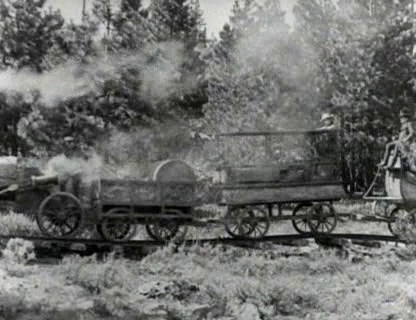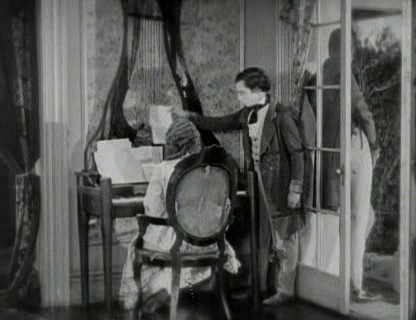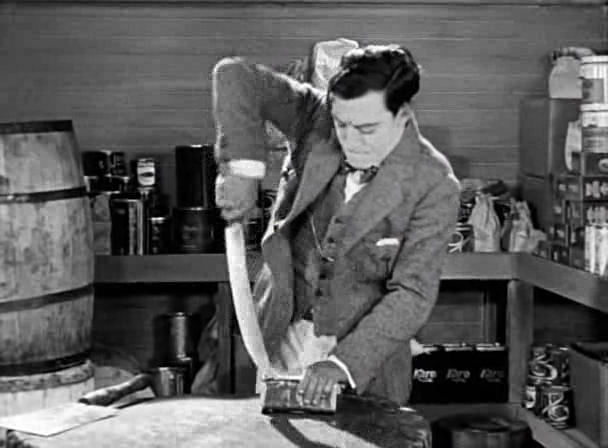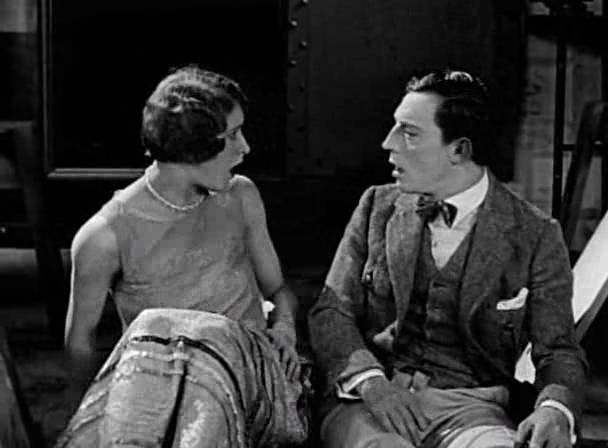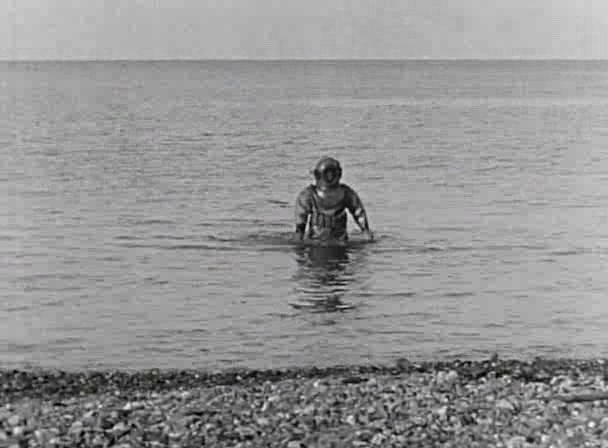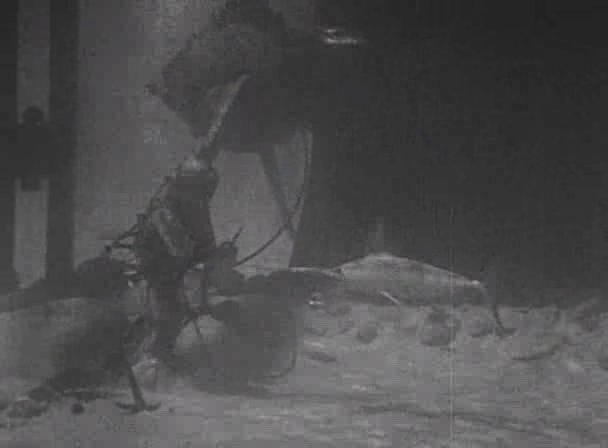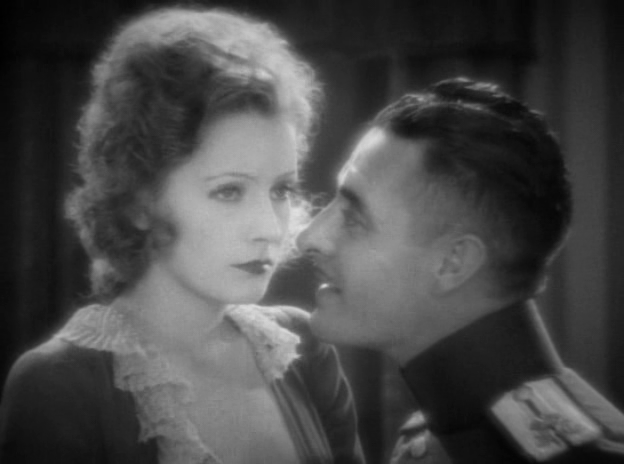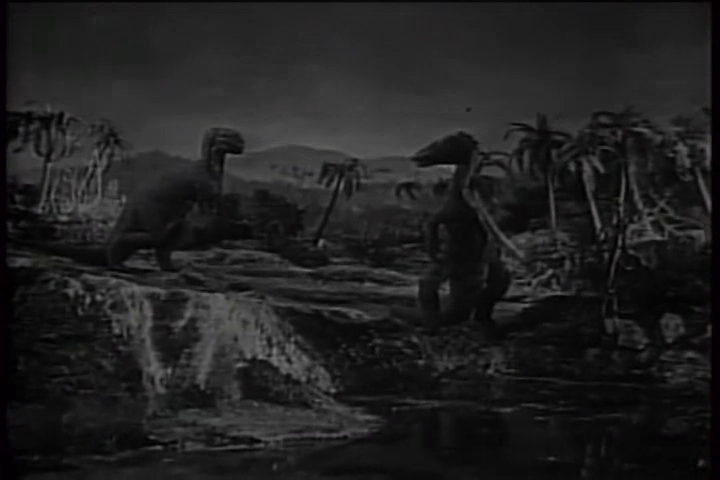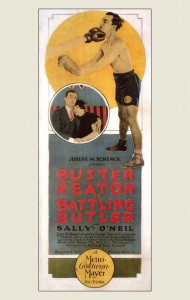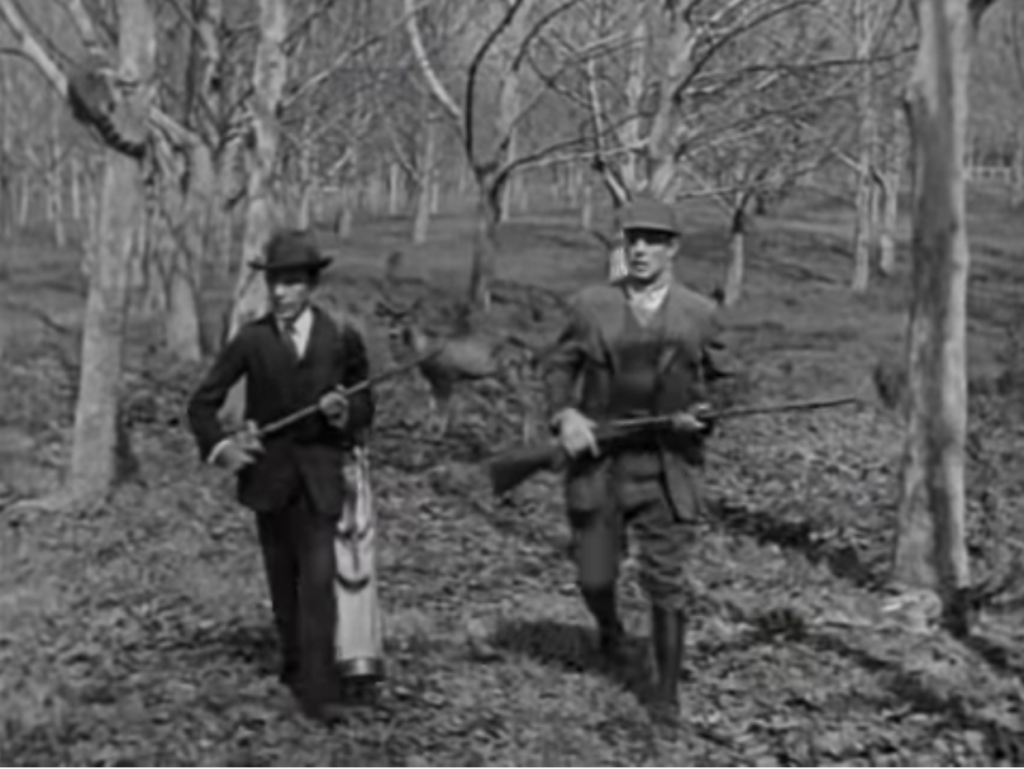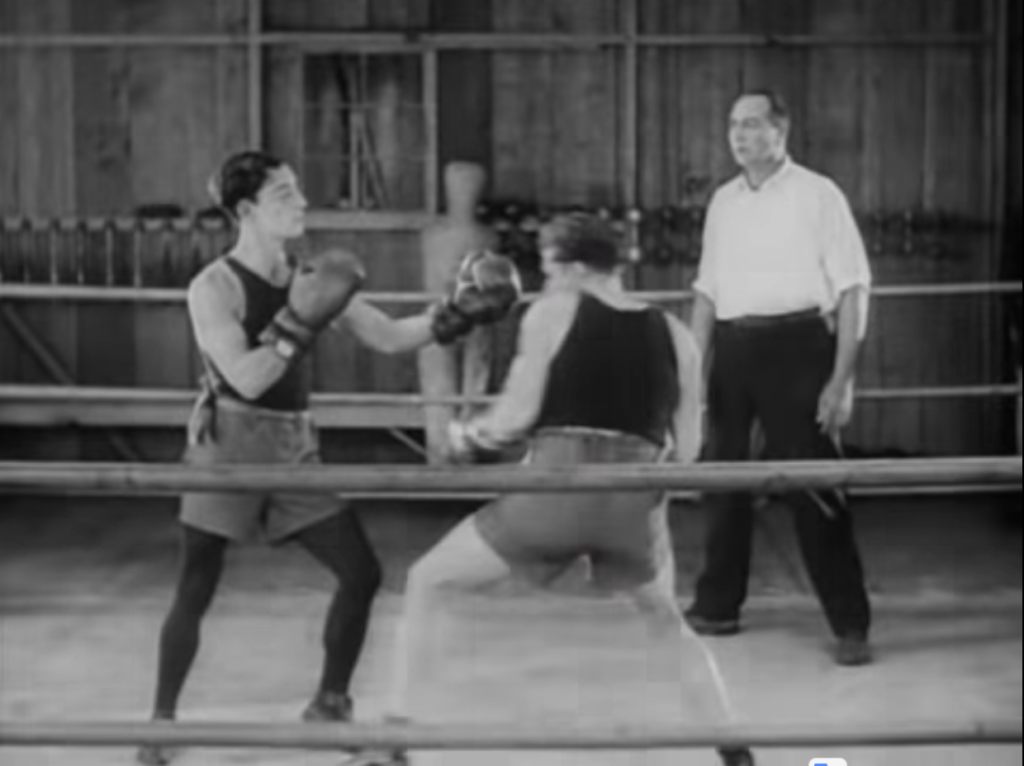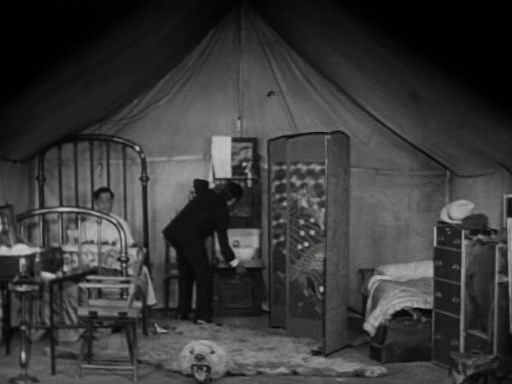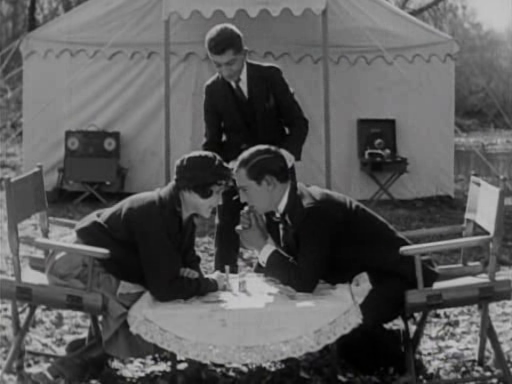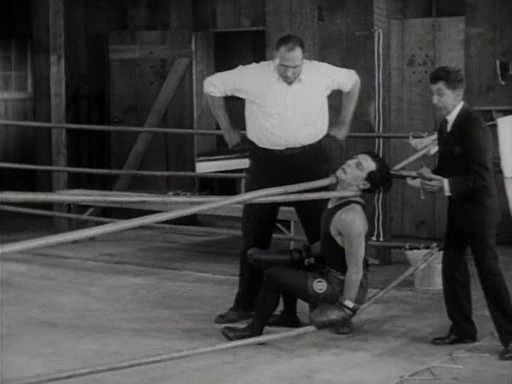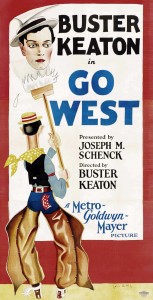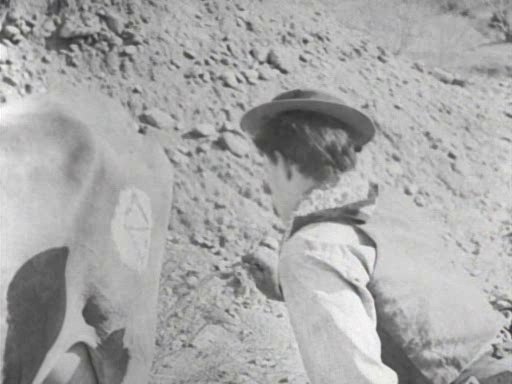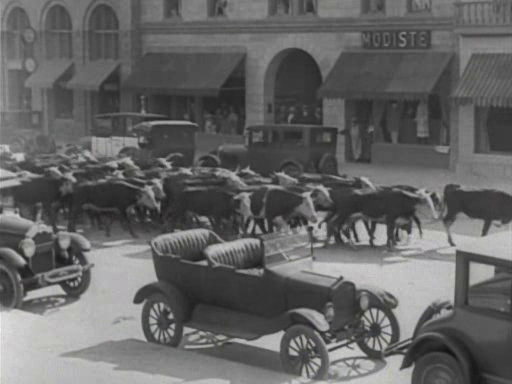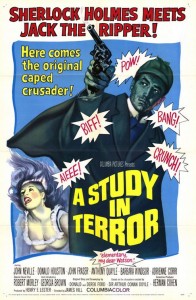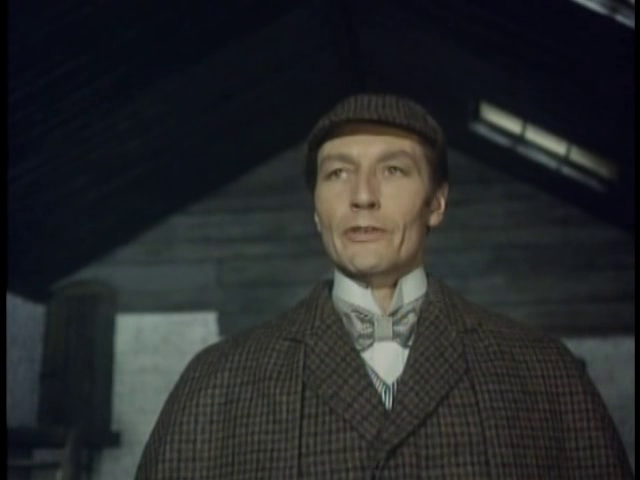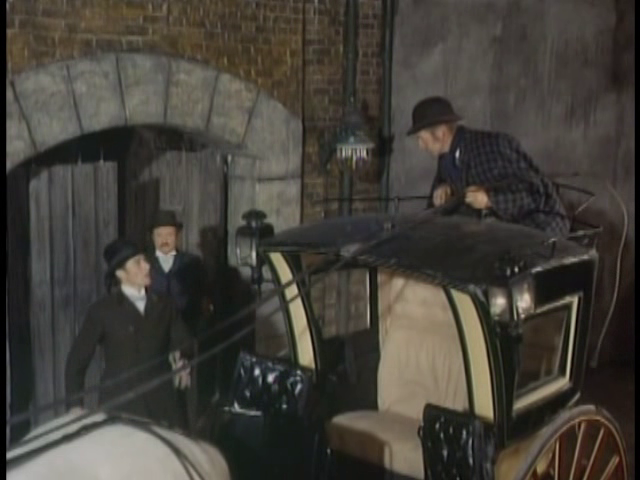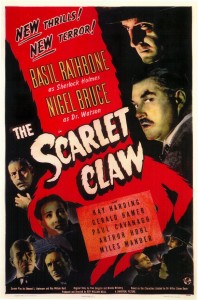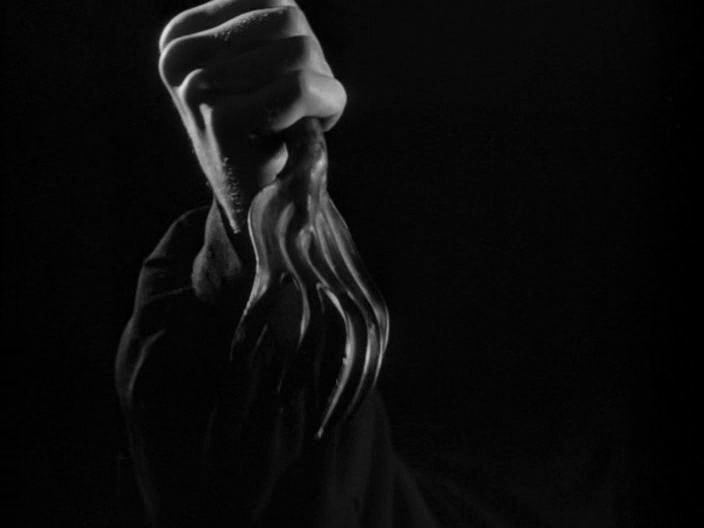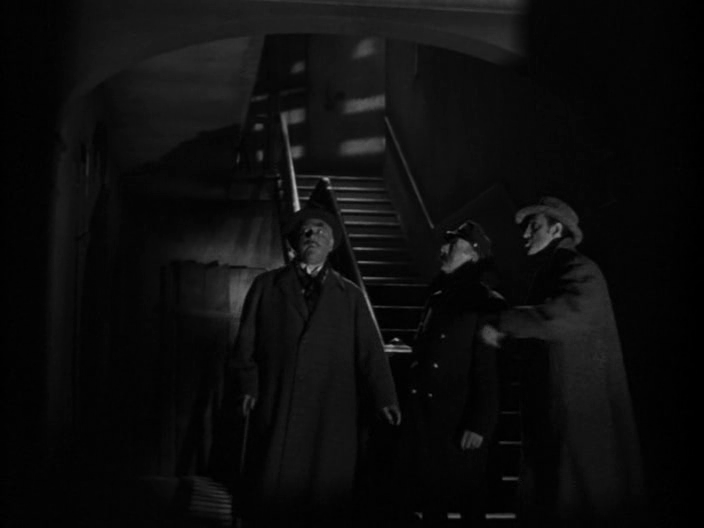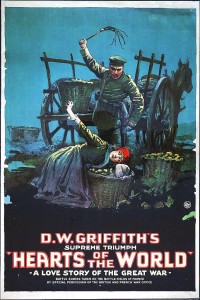General, The (1926)
“Don’t enlist him; he is more valuable to the South as an engineer.”
|
Synopsis: |
|
Genres, Themes, Actors, and Directors:
Response to Peary’s Review: … it “features a dazzling number of sight gags, some spectacular Keaton acrobatics…, and… ingenious use of the frame”. Peary notes that “as usual, Keaton is a sweet fellow and it’s a delight watching this tiny, unmuscular civilian pull off one heroic act after another while soldiers on both sides accomplish nothing”. Peary spends the remainder of his review pointing out something most other critics haven’t noted (or don’t agree with): the fact that “the relationship between Keaton and Mack is wonderfully romantic”. He argues that “her well-intentioned but ridiculous attempts to help in their escape effort both exasperate him and reinforce his love for her”, and calls out in particular the somewhat astonishing moment — you’ll likely give a start at its modernity and authenticity — when “he playfully strangles her, then kisses her” as she demonstrates tremendous ineptitude while “helping” him select wood for the engine’s fire. This scene — along with countless others in which he demonstrates a truly astonishing level of dexterity and quick-thinking savvy — make him a silent-film “hero” we’re delighted to see in action. In sum, this one is, as Peary calls it, “marvelous in every way”, and deserves its ranking as one of the best American films. Note: Watch for the impressive burning bridge sequence, which cost $42K, making it “the most expensive single shot in silent film history”. Redeeming Qualities and Moments: Must See? Categories
(Listed in 1001 Movies You Must See Before You Die) Links: |
